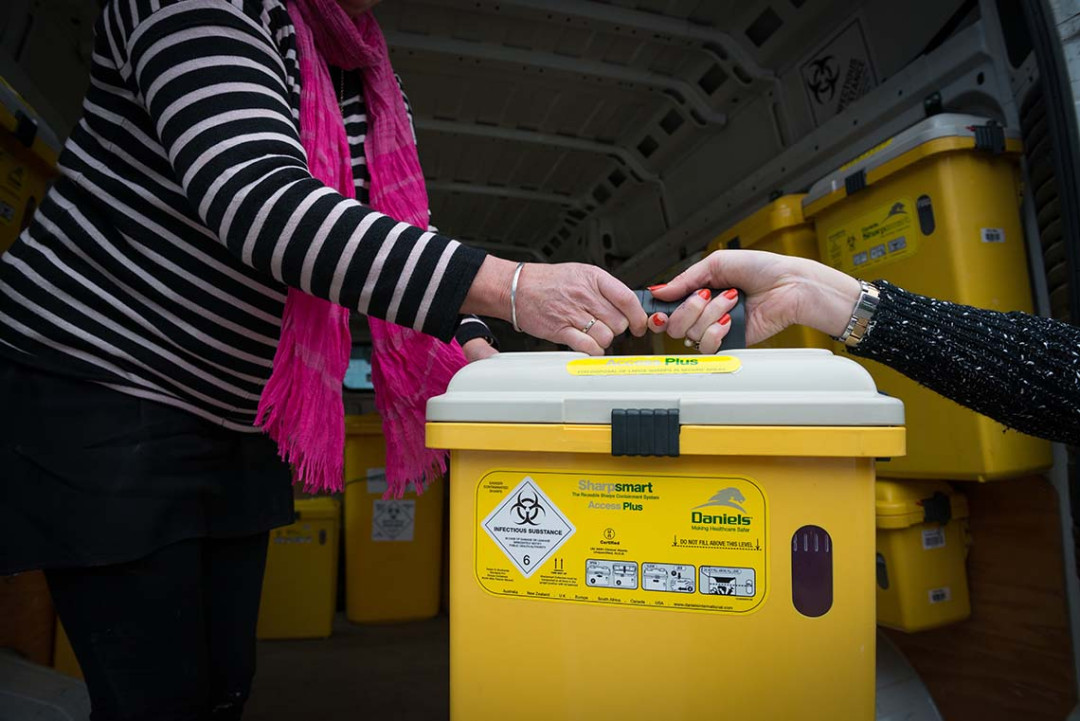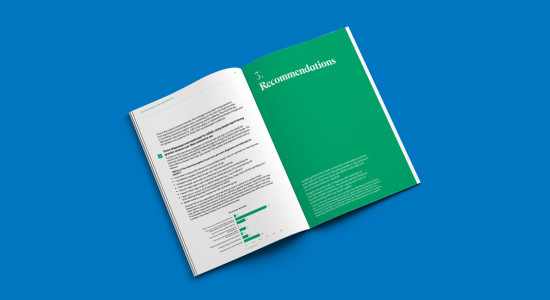Guest editorial: Treatment as prevention? How about prevention as prevention?!

This article by New Zealand Needle Exchange Programme National Manager Charles Henderson follows on from the issues raised by Russell Brown in ‘The Cruel C’, an article featured in our last edition. While Henderson understands the current interest in treatment as prevention for hepatitis C, he says we should remain focused on fundamental and ongoing primary prevention activities to reduce the numbers of people affected by blood-borne viruses.
Out of discussion around new drug regimens for hepatitis C, a concept known as ‘treatment as prevention’ (TasP) has arisen. It’s a medical practice borrowed from the HIV arena that uses antiretroviral treatment to reduce the HIV viral load in bodily fluids to undetectable levels and thereby significantly reduce risk of transmission.
TasP is quite socially and ethically complex in relation to people who inject drugs, and because the context and complexities are somewhat different for HIV TasP, they require further examination. TasP requires ideal social, political, economic and legal circumstances. Last time I checked, people who inject drugs tend to live in less than ideal circumstances, and accessing this demographic is not straightforward.
In considering HIV TasP in New Zealand, we must look at important ‘contextual factors’ such as a low level of HIV prevalence in the most affected populations in New Zealand – men who have sex with men , sex workers and people who inject drugs. Studies of seroprevalence levels in the latter group show needle exchange attendees here have extremely low prevalence at around 0.2 percent. This is due to the early introduction of the Needle Exchange Programme (NEP), with a peer basis maintained through highly effective community-based responses such as the NEP, opioid substitution treatment, the AIDS Foundation, the New Zealand Prostitutes’ Collective and peer education.
Instead, there is considerable risk we could shift scarce funding away from these effective and evidence-based responses towards a ‘scientific quick fix’ that may be perceived as politically more palatable than the classic harm reduction approach. Follow this course, and we’ll face a massive risk of not just ongoing transmission of hepatitis C but also the occurrence of HIV outbreaks among PWID if we don’t scale up and provide more comprehensive approaches and tailor contact with PWID to increase coverage and access to primary prevention mechanisms – namely needles, syringes, associated injection equipment and condoms/lubricant.
In other words, how about just doing ‘prevention as prevention’ (PasP) properly?
And this is just the tip of the bio- medical ethical iceberg – deeper issues of race, class, gender, sexuality and poverty remain, let alone the issues of medical dependency, autonomy, stigma and discrimination.
All this when we already know that simply providing best-practice, scaled-up, peer-based access to sterile injecting equipment and flexible opioid substitution treatment will effectively address HIV and hepatitis C among PWID.
Hepatitis C TasP needs to be considered entirely differently to HIV TasP in New Zealand.
Let’s consider why hepatitis C TasP needs to be considered entirely differently to HIV TasP in New Zealand. The main reason is that the prevalence of hepatitis C among people who inject drugs here is massive compared to HIV. Additionally, hepatitis C can be cured from an individual. With HIV, the treatment regimen keeps the viral load to (effectively) zero, but it doesn’t cure or remove the virus.
This means that hepatitis C TasP does not really stack up in the real, not ideal, world of New Zealand. Here are some facts to consider:
- Fewer than 1,000 of 55,000 chronically infected Kiwis access treatment each year despite the current standard of treatment/ care being 50–80 percent successful.
- There are around 1,000 new infections each year. Therefore, we are hardly keeping up with the incidence rate as it is. For more than 15 years, this has been the case and points to the differences between the HIV and hepatitis C epidemics and the unique profile of the public health response to these viruses. This is because a selective NEP model works for HIV, and a comprehensive approach is the only one that will work for hepatitis C among people who inject drugs in New Zealand.
- Reduced treatment duration would lead to more being treated. This is true and should be encouraged, but the cost of the new-generation drugs is beyond the scope of present PHARMAC funding. For TasP to work, many more currently infected individuals would require treatment. Limitation of access to new drug regimens on the basis of cost is so likely that health specialists will be required to treat those more adversely compromised with advanced cirrhosis of the liver, hepatocellular cancers and so forth. For TasP to be effective, those with mild hepatitis C conditions and those recently infected would need to be included in treatment provision.
- The system capacity issues are simply massive and cannot be ignored. Added to this are the implications of long-held attitude and values among healthcare providers and a lack of willingness to deal with those most in need. This could perhaps be the biggest barrier of all.
- Significant lack of treatment engagement and poor access to information lead to major knowledge gaps and misinformation. Stigma, discrimination and poor treatment have fatigued PWID, and this impact is severe and pervasive so many would rather not contact the health system for yet one more knockback or to be told to wait. Among those who are more than 45 years old and have been infected for 20 years or more, the reality of compromised livers is upon them.
This brings us to prevention as prevention (PasP) as the obvious answer. Evidence is clear that current harm reduction and prevention approaches work and are cost-effective, but have we ever really expanded the service models (in particular, NEP) to get the very best PasP outcomes?
Reuse and sharing rates consistently show an underinvestment in NEP. Demand for new injecting equipment always outstrips supply, and 30 percent of all injections could be with used equipment.
The mathematics is simple – 10 million new and sterile injection units a year at 12 cents each would ensure a new unit for every injection, preventing the transmission of hepatitis C among people who inject drugs and bringing the hepatitis C epidemic to its knees.
While much more needs to be done to prevent hepatitis C transmission, people already living with it deserve access to the best available standard of care at an affordable price and in a manner that meets individual needs. These are principles already routinely applied to many here living with other potentially life-threatening conditions. We need to focus on creating a new hepatitis C treatment discourse that removes barriers and is based on equity of access and quality of care. We cannot wait years for the new generation of breakthrough medications to be made available. Too many are already infected, too few are accessing treatment and hepatitis C deaths are increasing dramatically.
This is a time of unprecedented change and opportunity. The cost of inaction in personal, social, public health and economic terms is unacceptable. New targets in the form of an hepatitis C action plan are urgently required so progress can be measured, and a forward- thinking regulatory framework will guarantee that the new era of hepatitis C treatments are the ‘game changers’ they have the potential to be.
People’s health is the first rule of a just and democratic way of life, and in New Zealand, we are proud of our egalitarian and inclusive approach. Please let this truly extend to the disadvantaged, hidden and marginalised.
I want to live in a country prepared to look after its own, regardless of class, race, gender or behaviour. We develop many strategies to reduce downstream health costs to society regardless of the behaviour that produced that cost. Prevention as prevention is simple, direct and achievable.
Let’s invest our efforts in what’s proven and scale up services to provide safe and effective mechanisms that prevent first and foremost. Invest because it works and it’s the right thing to do.
Recent news

Untreated ADHD leading to addiction and drug harm
A new report shows New Zealand’s failure to adequately diagnose and treat ADHD is likely leading to significant drug harm, including from alcohol and nicotine.

Report: Neurodivergence and substance use
Our latest report pulls together international evidence and local experiences of how neurodivergence impacts drug use

What researchers at University of Auckland are learning from giving people microdoses of LSD
‘Microdosing’ psychedelics involves taking small, repeated doses of a psychedelic drug. Researcher Robin Murphy talks us through the latest Auckland University microdosing study.

